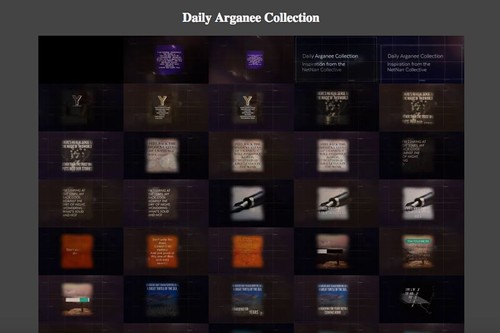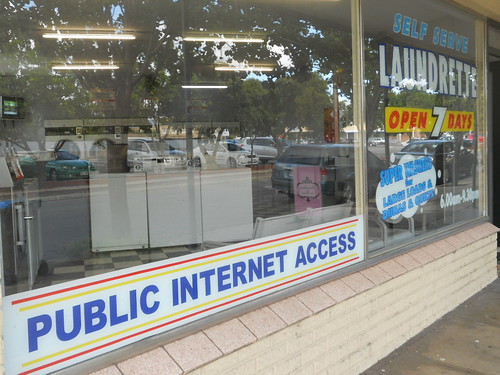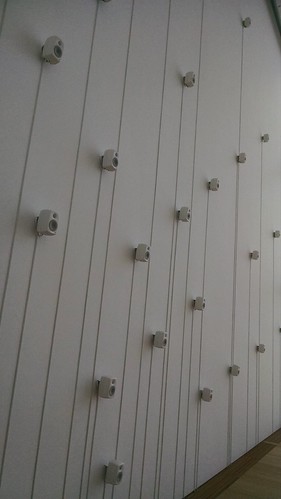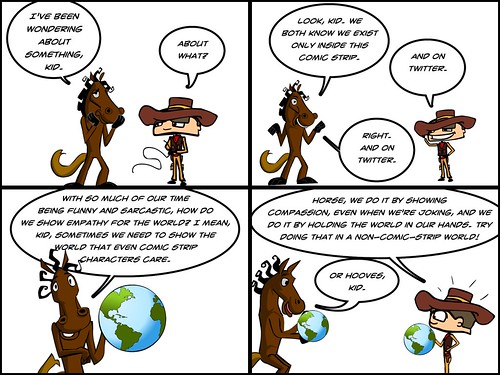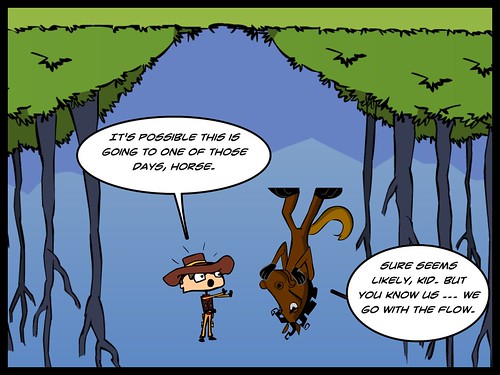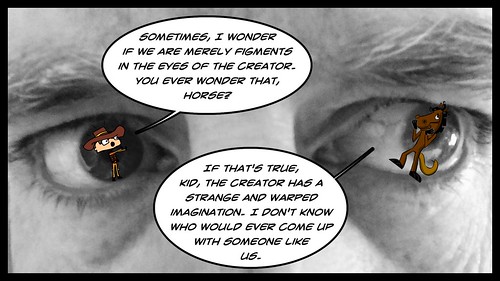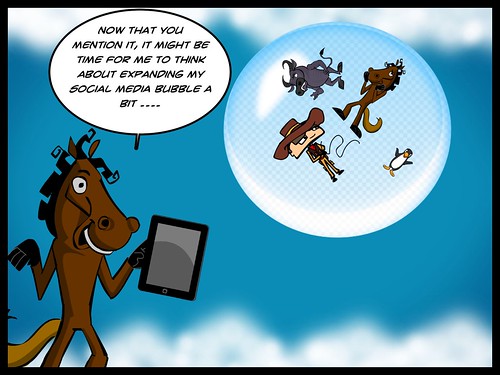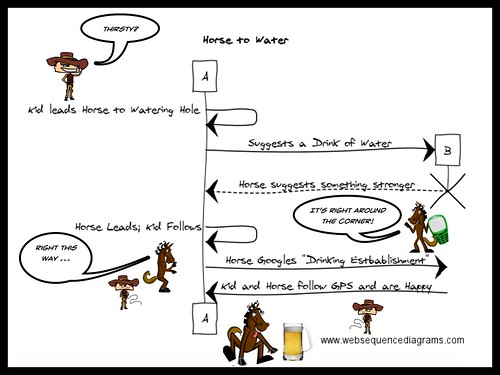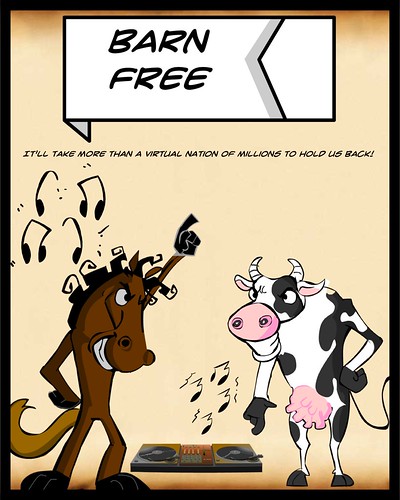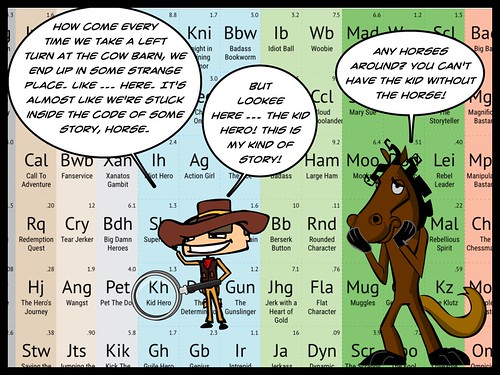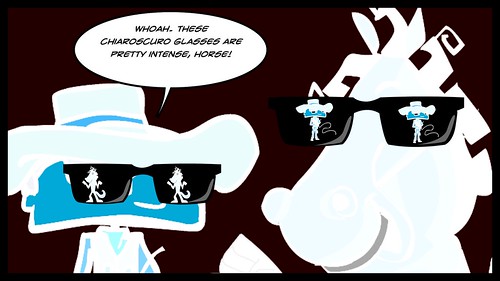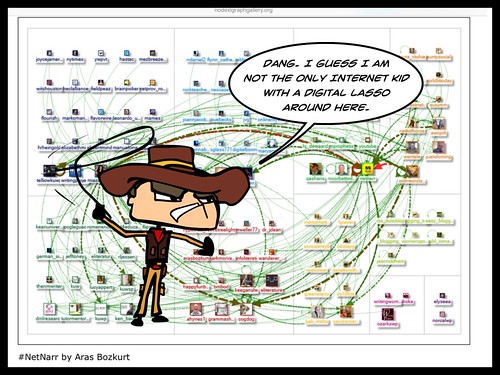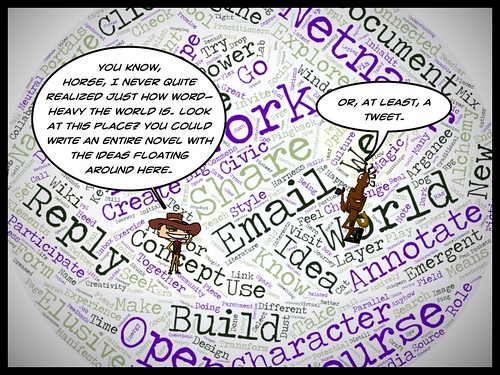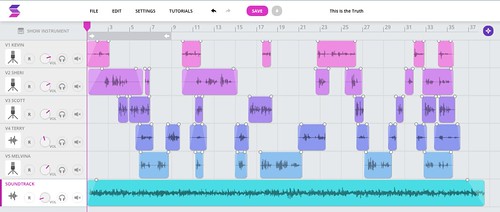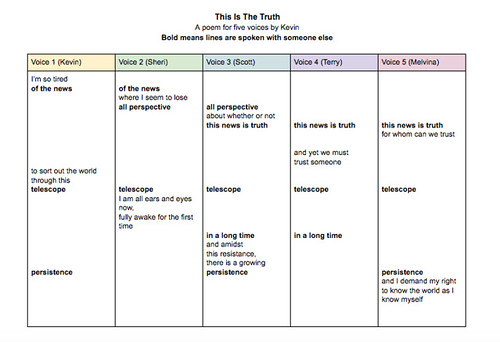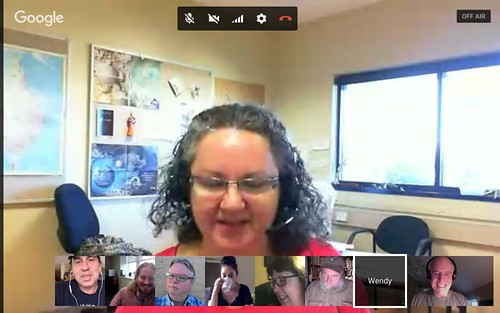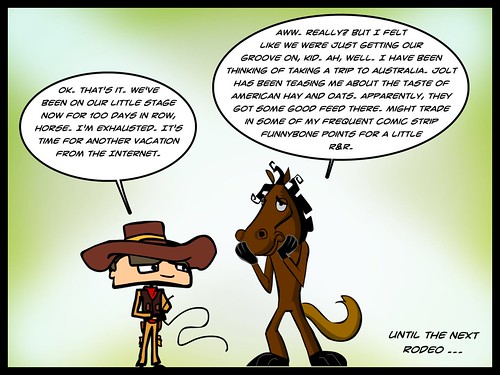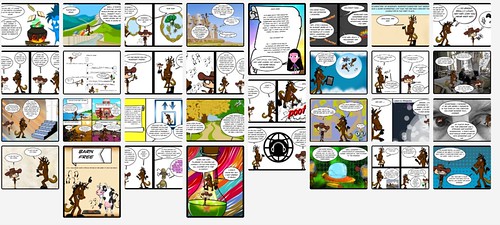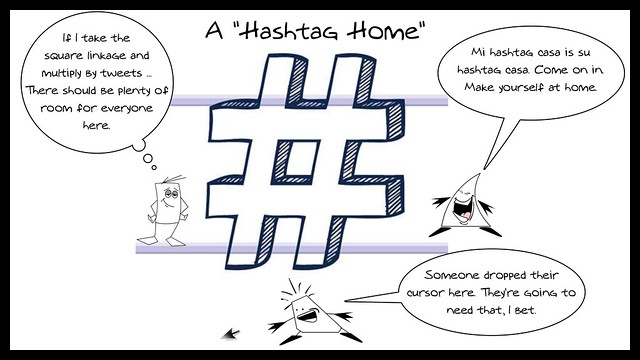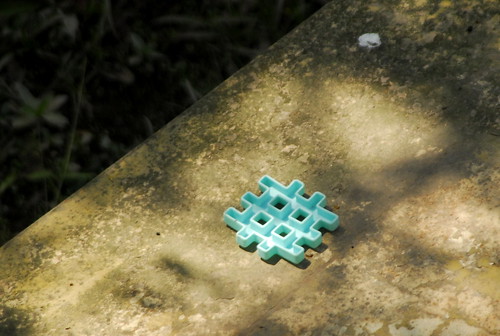
via http://van-life.net/
I don’t know what to make of the piece by Rachel Monroe in The New Yorker about #VanLife, which focuses on people who have taken to living in their vans (mostly VW vans) for all sorts of reasons — economic, lifestyle, etc. These #VanLife folks then share their travels and world via social media, often with the hashtag of #VanLife, and mostly on Instagram.
That’s fine.
Our world is one built on sharing and community practice (yes, there is a #VanLife network of people) but where I started to shake my head and wonder is when the article shifted to the money being made by those who are living in their vans. Many now enter into financial deals with companies and organizations, and we watch in the article as the young couple in Monroe’s focus sets up photographic shots with product placement and endorsements in mind.
The collapsing distance between brand and life has led to social-media influencing, in which advertisers pay for endorsements from people with strong online followings. Celebrity endorsements aren’t new, of course, but influencer marketing expands the category of “celebrity” to include teen-age fashionistas, drone racers, and particularly photogenic dogs. Advertisers work with people like Smith and King precisely because they’re not famous in the traditional sense. They’re appealing to brands because they have such a strong emotional connection with their followers. — Rachel Monroe, from #VanLife, The Bohemian Social-Media Movement, via the New Yorker.
For so many reasons, that just sits the wrong way with me.
Maybe I am thinking of authenticity in the world (so, they want to live in van to escape the pressures of a stable life but then sell themselves off the company with the biggest wallet?) and the authenticity of the stories that we are creating with social media (some would no doubt argue everything we do is a social construct made larger and magnified by social media). I don’t wander around social media sites with my head in the sand but I also don’t buy into the notion that everything we do is for sale, either.
Imagine if we started to put placement ads in CLMOOC or DS106 or Networked Narratives (although spoofing that in those spaces might be sort of interesting and often is) and made money off the creative energies of the people in those networks?
Ack. I’d leave those spaces in a heartbeat. Here, these folks court and encourage advertising, fit their social selves into the schemes of advertising, and seem to live through the lens of advertising.
Not my cup of tea (I won’t tell you what brand I drink, either).
It’s fine. Go live in your van. Take pics. Share them out. But don’t sell me some “experience” if it is sponsored by Coco-Cola or Pepsi (god forbid) or whatever. Keep that part of your journey to yourself.
Peace (homebound),
Kevin
